Kinhtedothi - On November 1, at the 8th Session, the National Assembly discussed in the hall the investment policy of the National Target Program on Cultural Development for the 2025-2035 period.
100% of students will have access to arts education and cultural heritage education activities.
Discussing the investment policy of the National Target Program on Cultural Development for the 2025-2035 period, Minister of Education and Training Nguyen Kim Son (National Assembly delegate of the National Assembly Delegation of Hanoi City) said that in the national target program for cultural development, there are many contents related to the functions and tasks of the education and training sector.
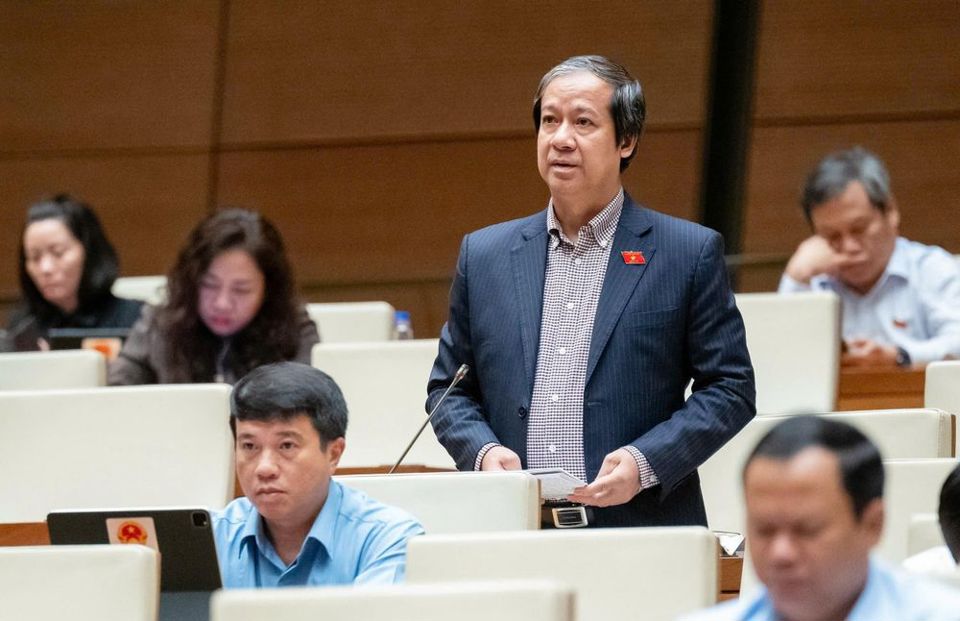
The fields of culture and education have many overlapping and close contents. Both ministries and sectors share the same goal and major object, which is to develop people and human values. In the process of building the program, the two ministries have also closely coordinated, and many contents of education and training have been included in the program.
“Regarding the opinions of delegates related to the mission of education, we also hope that in the process of implementing this national target program, many of the expectations of the education and training sector will be resolved,” Minister Nguyen Kim Son expressed.
Regarding the specific goals of the program, Minister of Education and Training Nguyen Kim Son discussed that goal number 6 mentioned that by 2030, 100% of students in the national education system will have access to and participate effectively and regularly in arts education and cultural heritage education activities.
This content was proposed by the Ministry of Education and Training with the desire to develop people comprehensively. In fact, educational content on art and cultural heritage is already included in the general education program; including subjects on fine arts and art that schools have implemented.
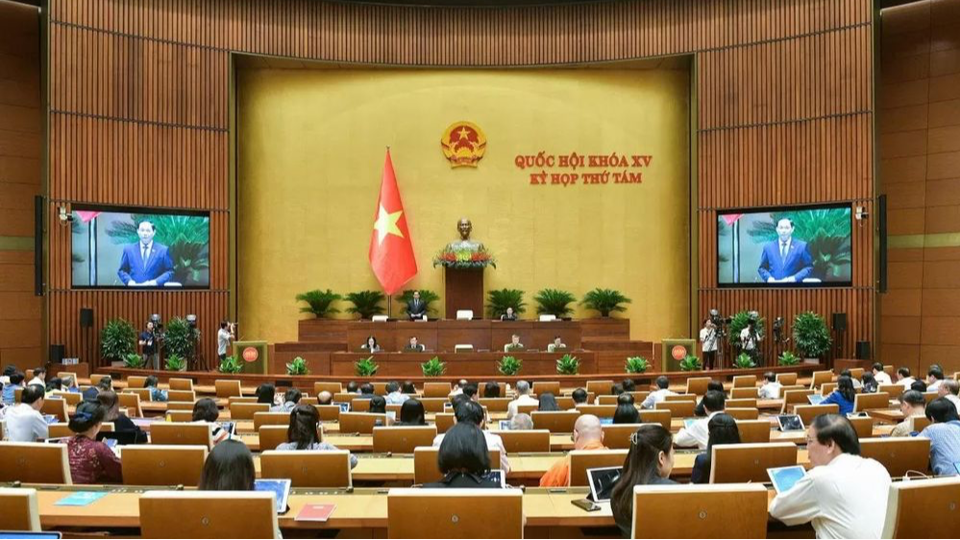
This is a good implementation with good intentions, however, in reality, some places, especially remote areas, disadvantaged areas, and ethnic minority areas, have some difficulties in implementation. There are also many solutions proposed and implemented. In the field of music and art education, many localities have taught students the art content of their own ethnic group and locality.
Students can learn flutes, panpipes, dances, and ethnic musical instruments; in which local education includes a lot of content about local history, historical relics, and culture. Local education is also a compulsory subject.
According to Minister of Education and Training Nguyen Kim Son, the proposed contents are consistent with the general education program. Places with difficulties have proposed solutions that can combine both direct and online activities, using other educational tools. However, if the goal is to participate effectively and regularly, it is indeed somewhat difficult. Therefore, to make it more feasible, the Ministry of Education and Training considers the opinions of the Committee on Culture and Education.
The Ministry plans to adjust as follows: By 2030, 100% of students in the national education system will have access to and participate in arts education and cultural heritage education activities. The number 100% must remain the same because we cannot let a part of students not have access to this and it is also consistent with the program that has become mandatory content in the general education program.
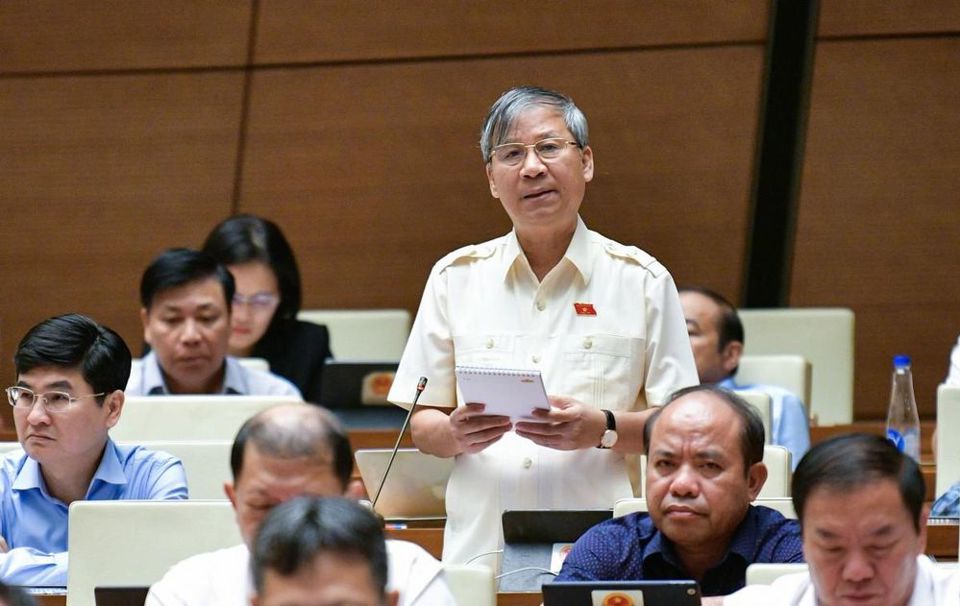
3-5 Vietnamese cultural centers will be established abroad
Discussing at the meeting hall, National Assembly delegate Nguyen Anh Tri (National Assembly Delegation of Hanoi) agreed and supported the establishment of Vietnamese cultural centers abroad, however, the delegate suggested carefully considering the necessity and effectiveness. According to the delegate, the nature of this is cultural export, cultural promotion, which depends greatly on the cultural taste, preferences, and even the political issues of that country, and the relationship between the two countries.
"If built, it must be highly dual-purpose, that is, culture, performance, exhibition, conference, seminar, fair, meeting... and it must be noted that not only we but also other countries participate" - delegate Nguyen Anh Tri expressed his opinion.
At the same time, delegate Nguyen Anh Tri proposed to only build a cultural center abroad when it is expected to generate enough revenue to cover expenses, because now there is the program's budget, but later there must be revenue from activities to cover maintenance, upkeep, upgrading, including land rental costs... for the center to exist long-term.
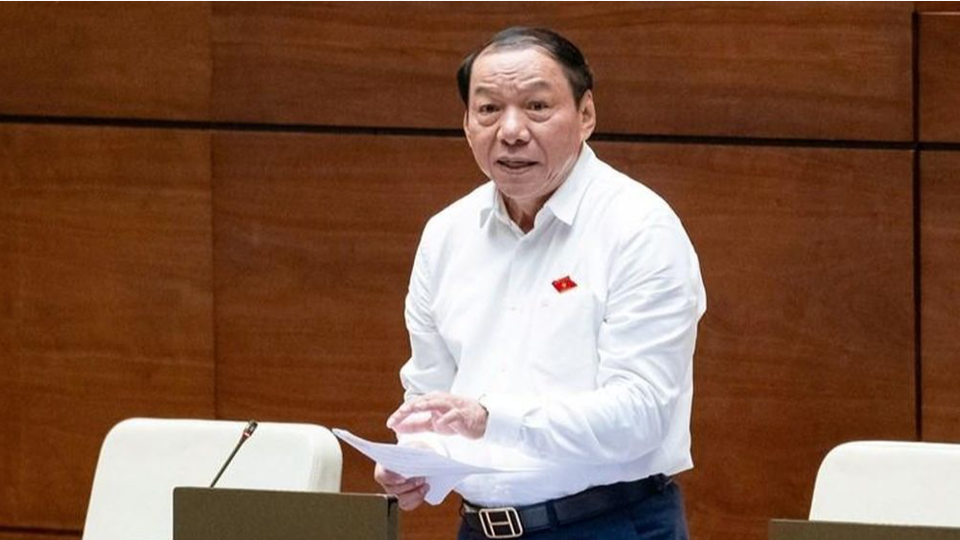
Speaking on this issue at the end of the discussion, Minister of Culture, Sports and Tourism Nguyen Van Hung said that investing in foreign cultural centers aims to implement the foreign cultural strategy of the Party and State. When doing so, the Government will pay close attention, based on the agreements between the two Governments, giving priority to countries with which Vietnam has a comprehensive strategic partnership.
As many delegates affirmed, this is the presence of Vietnamese culture abroad and through it we can promote, preserve and introduce Vietnamese culture. It is also the common cultural home of our overseas Vietnamese.
“Therefore, we will choose 3-5 necessary centers and prioritize them in order. We will do it based on our resources, where our overseas Vietnamese live, what the needs are there, and what the development potential is,” said Minister Nguyen Van Hung.
Source: https://kinhtedothi.vn/can-nhac-hieu-qua-khi-thanh-lap-trung-tam-van-hoa-viet-nam-o-nuoc-ngoai.html


![[Photo] General Secretary To Lam arrives in Minsk, begins state visit to Belarus](https://vphoto.vietnam.vn/thumb/1200x675/vietnam/resource/IMAGE/2025/5/11/76602f587468437f8b5b7104495f444d)




![[Photo] General Secretary To Lam meets and expresses gratitude to Vietnam's Belarusian friends](https://vphoto.vietnam.vn/thumb/1200x675/vietnam/resource/IMAGE/2025/5/11/c515ee2054c54a87aa8a7cb520f2fa6e)
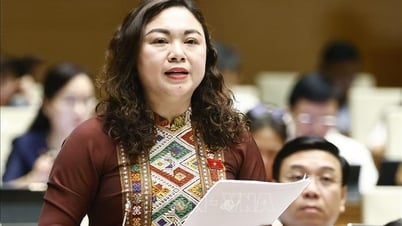

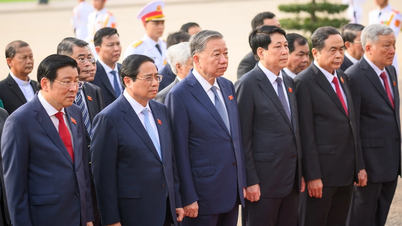









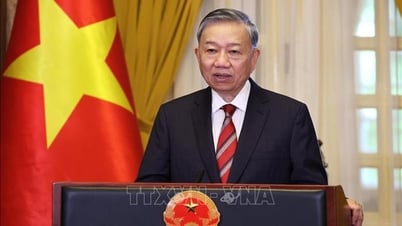
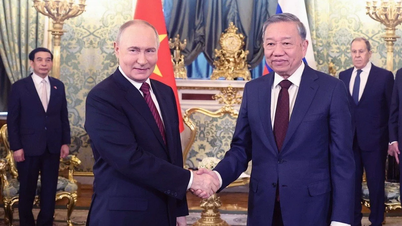
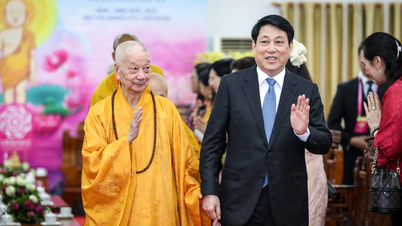
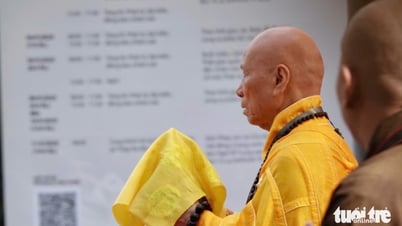
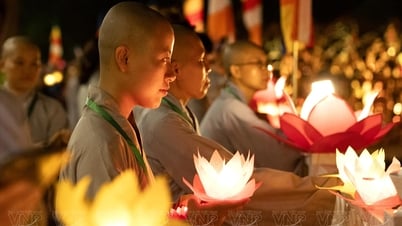
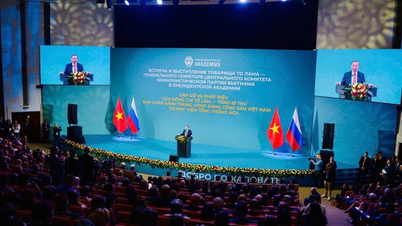




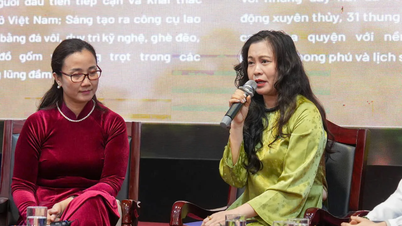

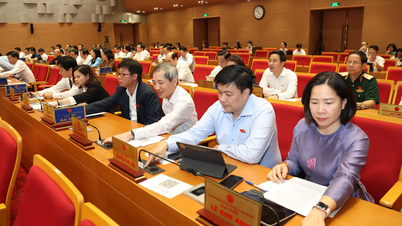
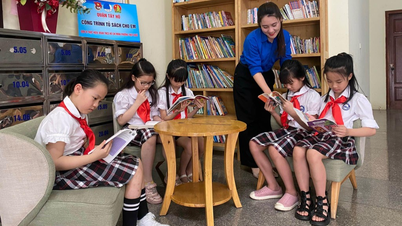
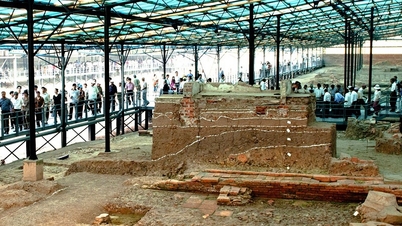
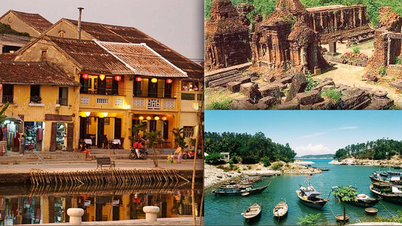
![[Photo] General Secretary To Lam concludes visit to Russia, departs for Belarus](https://vphoto.vietnam.vn/thumb/1200x675/vietnam/resource/IMAGE/2025/5/11/0acf1081a95e4b1d9886c67fdafd95ed)
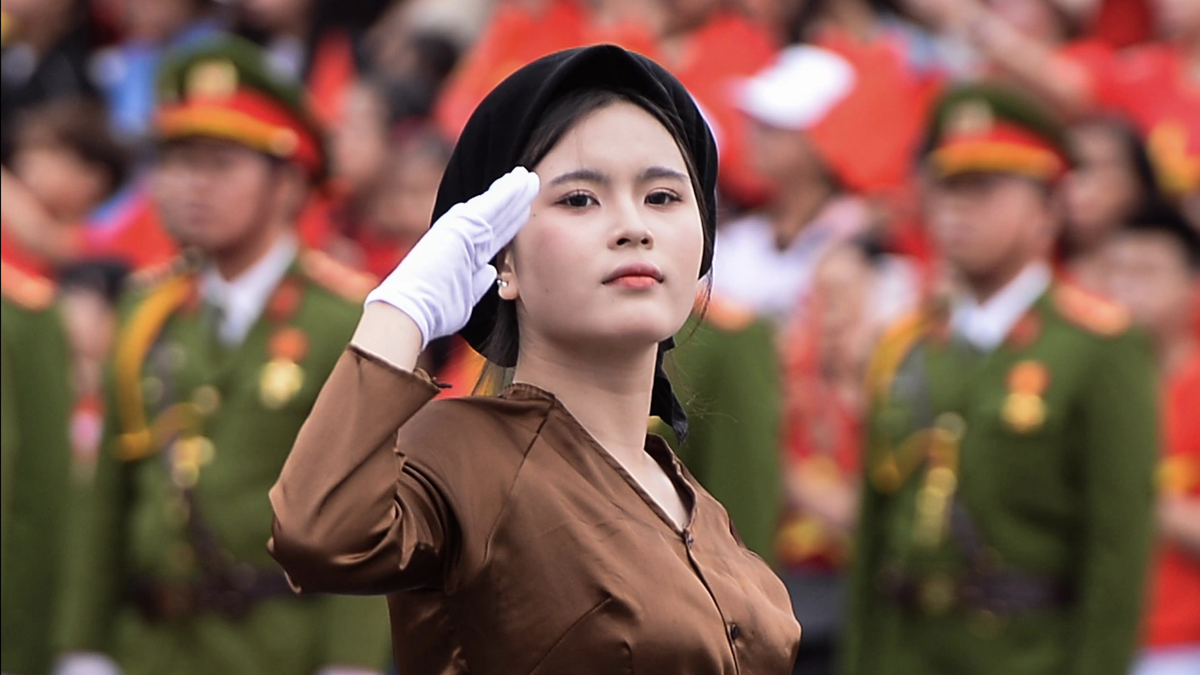

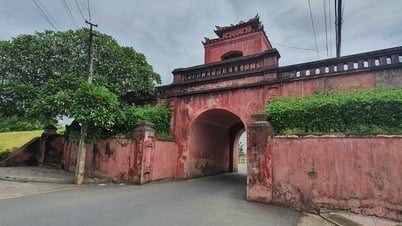



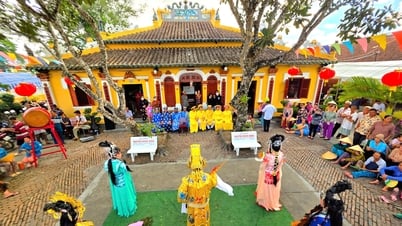
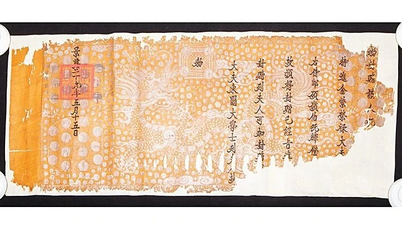


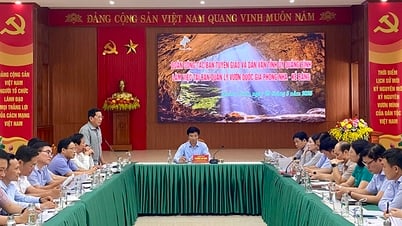

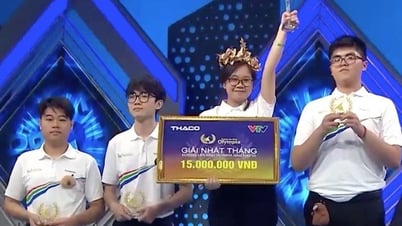

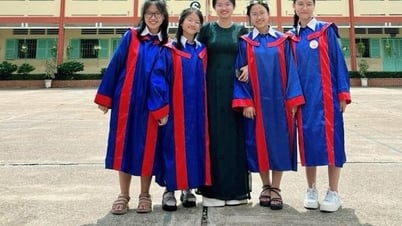



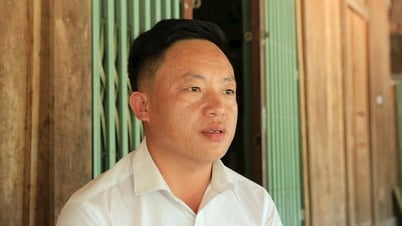
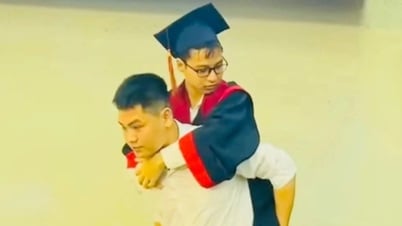







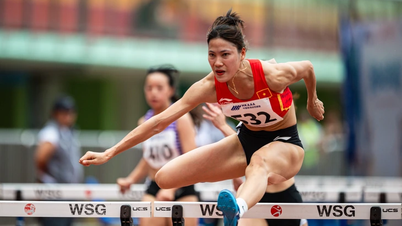
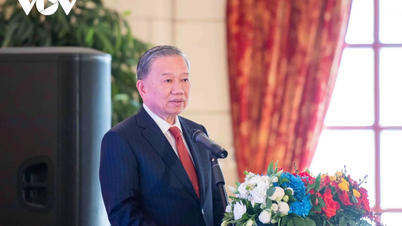

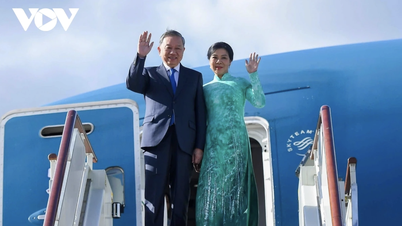
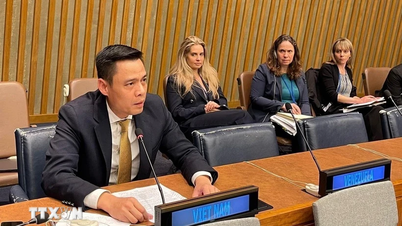



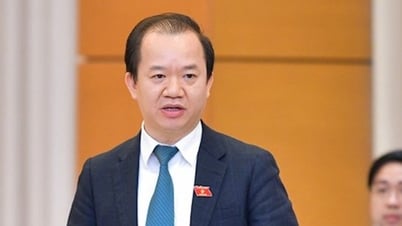


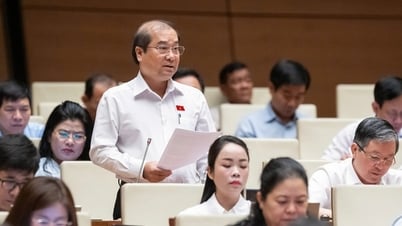
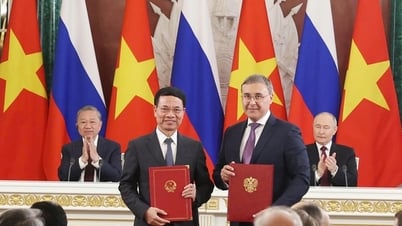




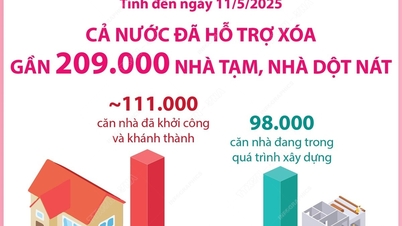

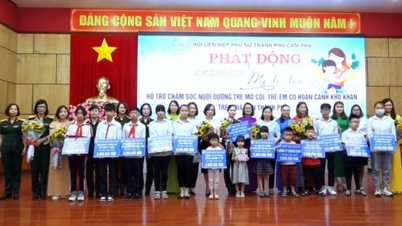

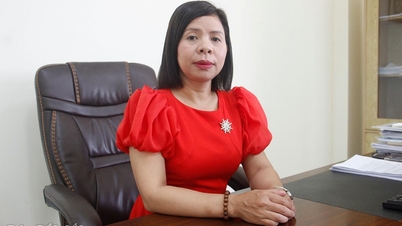

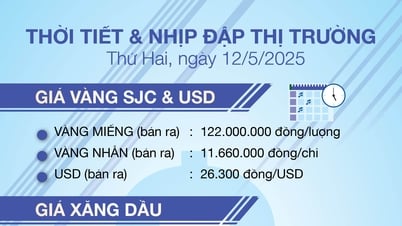

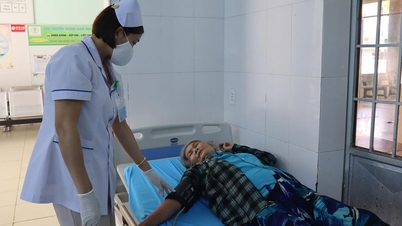
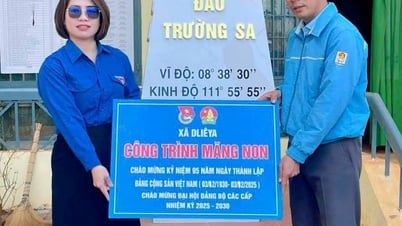
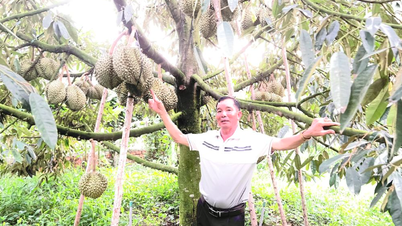


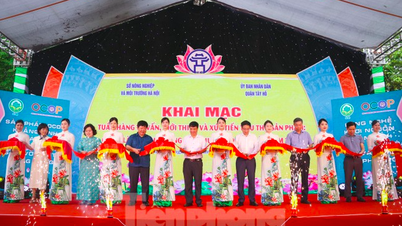

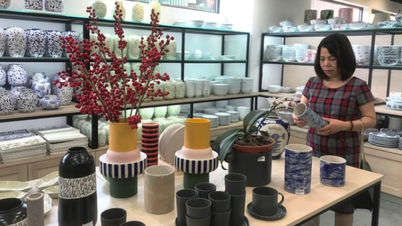




Comment (0)